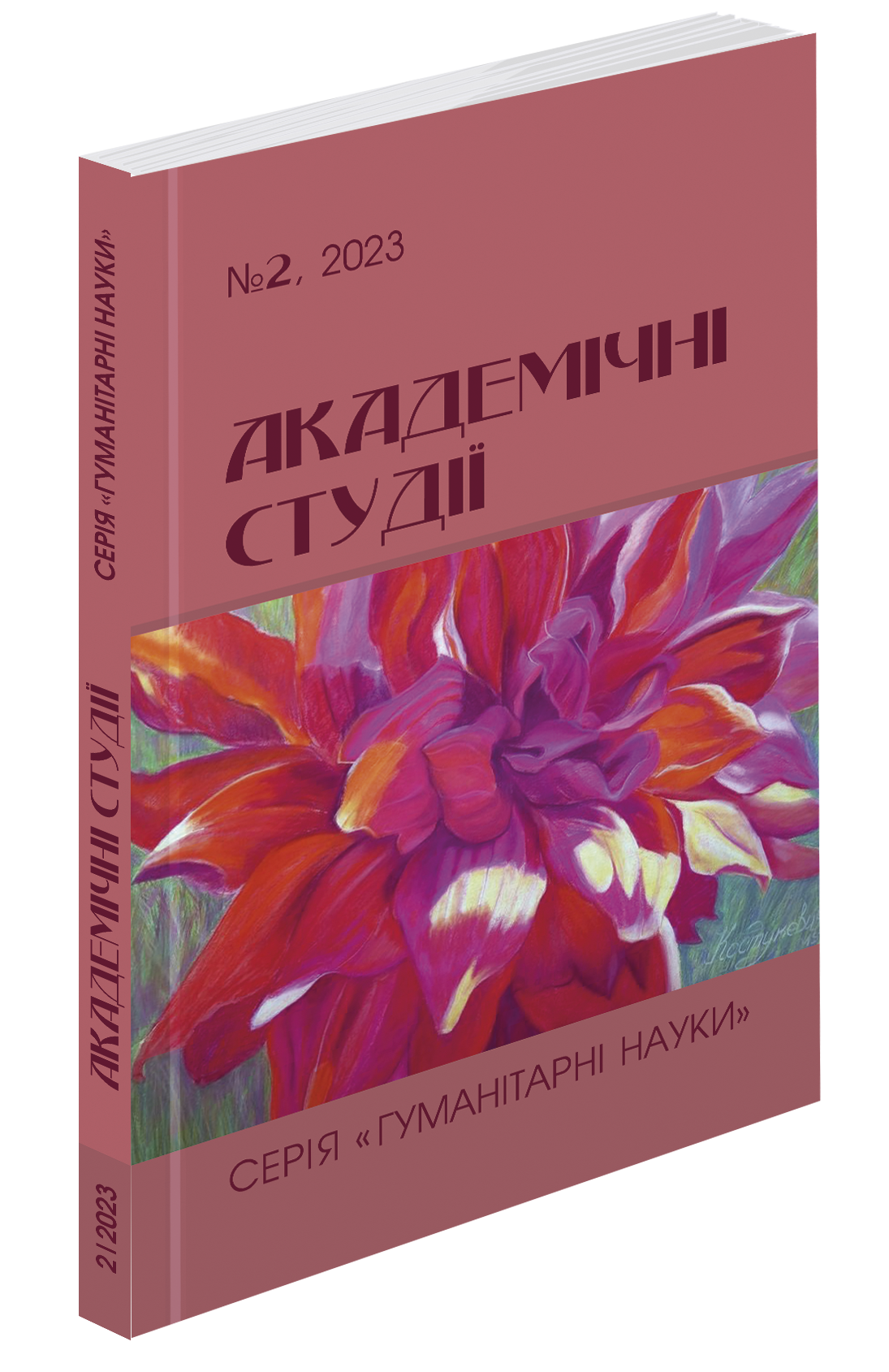Abstract
The concept of PANDEMIC has developed rapidly over the past three years and is being actively studied at the verbal and paraverbal levels by linguists from different countries. The essence of the concept as a mental formation has changed significantly during the SARS-2019 coronavirus pandemic, which has affected various aspects of human life, leading to changes in the linguistic composition on the lexical, grammatical and other linguistic levels. This influence is especially noticeable in English, which has served as a vocabulary source for other languages with units related to the coronavirus infection spread. The study of the PANDEMIC concept requires multifaceted approaches and the use of a comprehensive methodology. The studied concept belongs to the category of universal concepts, but different linguistic cultures have certain peculiarities of its perception. The concept structure is developed by defining its core and peripheral layers on the basis of lexicographic analysis, as well as associative and identification experiments. The concept core contains the most typical and commonly used components that belong to the concept base, while the periphery is formed by more generalised, abstract and non-obvious components that form the concept interpretive field and depend on the linguistic culture as well as on individual mental interpretations. The central place in the concept structure belongs to the main concept, which is called the core of this concept, and specific national, cultural and personal concepts are placed on the periphery. The concept structure is a combination of conceptual, figurative and evaluative components, which are interconnected and interdependent. Experimental methods of concept research, such as associative and identification experiments, provide specific information of an individual, emotional and evaluative nature, and reveal its most significant components. The conceptual component takes into account the main semantic elements of the concept, whereas the figurative and evaluative component takes into account its value and semantic parameters. The concept formation is based on its associative relations and peculiarities of cultural and historical formation of linguistic culture. The differences revealed by the comparison of linguistic units are interpreted as cognitive differences in the concepts they express in different national conceptual spheres and are formulated on the basis of specific linguistic cognitive features in a particular world picture. The use of these dictionaries makes it possible to distinguish the core and periphery for the lexical description of the designated concept at all levels: from words and stable descriptions to phraseological units. When studying a concept, it is advisable to develop a model of its lexical and semantic field. The semantic field can be defined as a set of linguistic units connected by common content that reflect the similarity of phenomena. As a result of the PANDEMIC concept analysis, the cognitive features were classified according to the frequency of their mention in associative essays, as well as their identification by experts during the experiment. The most significant features of the concept of PANDEMIC are those related to health damage, treatment, isolation and vaccination, and the least significant are positive economic effects.
References
Бахрушин В. Є. Методи аналізу даних. Класичний приватний університет. Запоріжжя : КПУ, 2011. 268 с.
Бацевич Ф. С. Нариси з лінгвістичної прагматики (монографія). Львів : ПАІС, 2010. 336 с.
Голобородько К. Ю. Лінгвістичний статус концепту. Харківський державний педагогічний університет ім. Г. С. Сковороди. Культура народів Причорномор'я. С. 49–57. Харків : ХДПУ, 2012.
Загнітко А. П. Класифікаційні типології концептів. Лінгвістичні студії : зб. наукових праць. Донецький нац. ун-т; наук. ред. А. П. Загнітко. Донецьк : ДонНУ, 2010. Вип. 21. С. 12–21.
Лисиченко, Л. А. Лексико-семантичний вимір мовної картини світу. Харків: Основа, 2009. 191 с.
Макарук Л. Л. Мультимодальність сучасного англомовного масмедійного комунікативного простору. Луцьк: Вежа-Друк, 2018. 424 с.
Огуй О. Д. Мовна картина світу: проблема організації складників. Мовознавство. No 4. 2013. С. 15–26.
Приходько А. М. Концепти і концептосистеми в когнітивно-дискурсивній парадигмі лінгвістики. Запоріжжя: Прем'єр, 2008. 332 с.
Радзієвська Т. В. Дискурсивні простори: історико-лінгвістичний вимір (монографія). Ін-т мовознавства ім. О. О. Потебні НАН України. Київ : Інформ.-аналіт. агентство, 2018. – 323 с.
Селіванова О. О. Основи теорії мовної комунікації. Черкаси: Видавництво Чабаненко Ю.А., 2011. 350 с.
Шевченко І. С. Концепти комунікативної поведінки та дискурс. В Вісник ХНУ імені В.Н. Каразіна. Серія: Іноземна філологія. Методика викладання іноземних мов (76), 15–20, 2013.
Evans, V. (2009). How words mean: lexical concepts, cognitive models, and meaning-construction. Oxford : Oxford University Press.
Gallese V., & Lakoff, G. (2005). The Brain's Concept: The Role of the Sensory-Motor System in Conceptual Knowledge. Cognitive Neuropsychology, 22(3/4), 455-479. https://doi.org/10.1080/02643290442000310
Hartley, J. (2020). Communication, cultural and media studies: the key concepts. Routledge.
Shkvorchenko, N., Hromovenko, V., &Sharapanovska, Y. (2021). The concept of "pandemic" in modern Englishlanguage political discourse. Amazonia Investiga, 10(46), 225 – 233. https://doi.org/10.34069/AI/2021.46.10.23.

